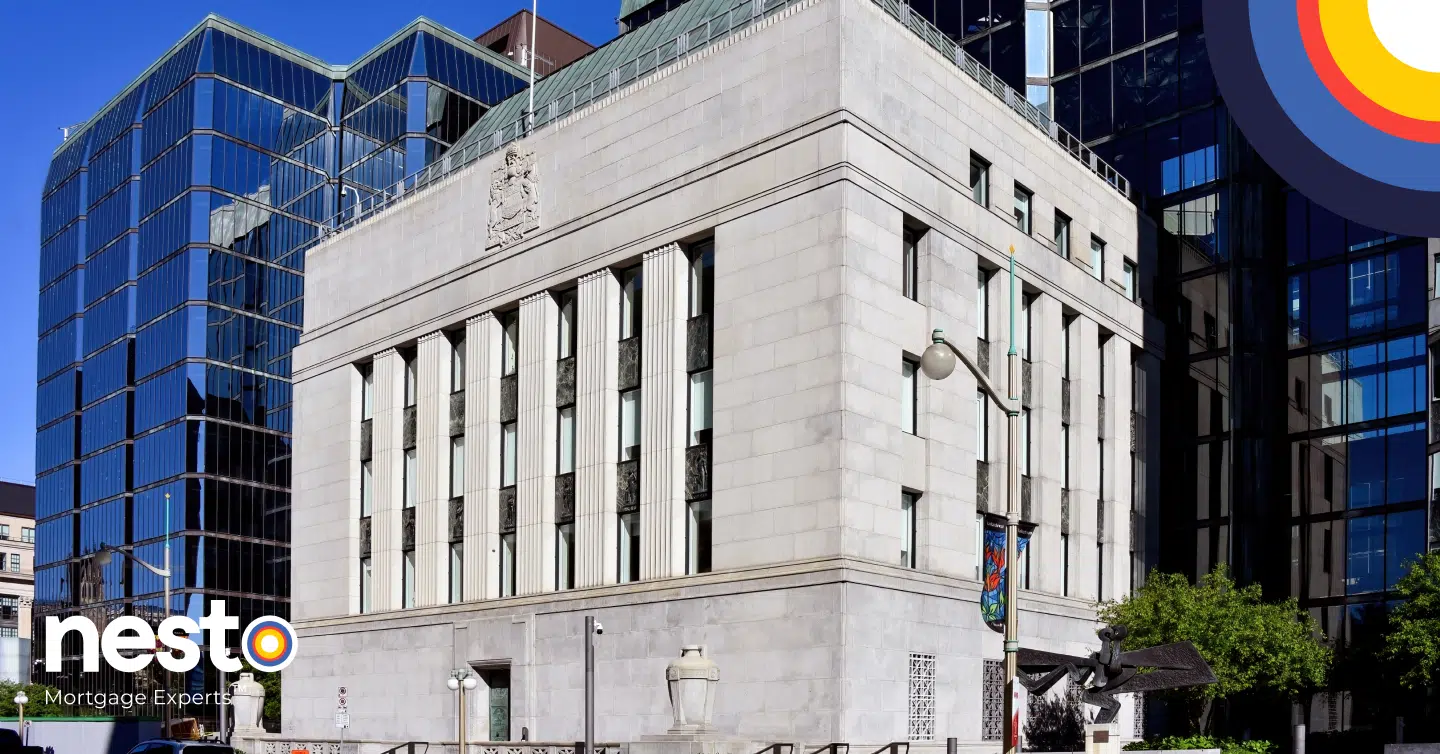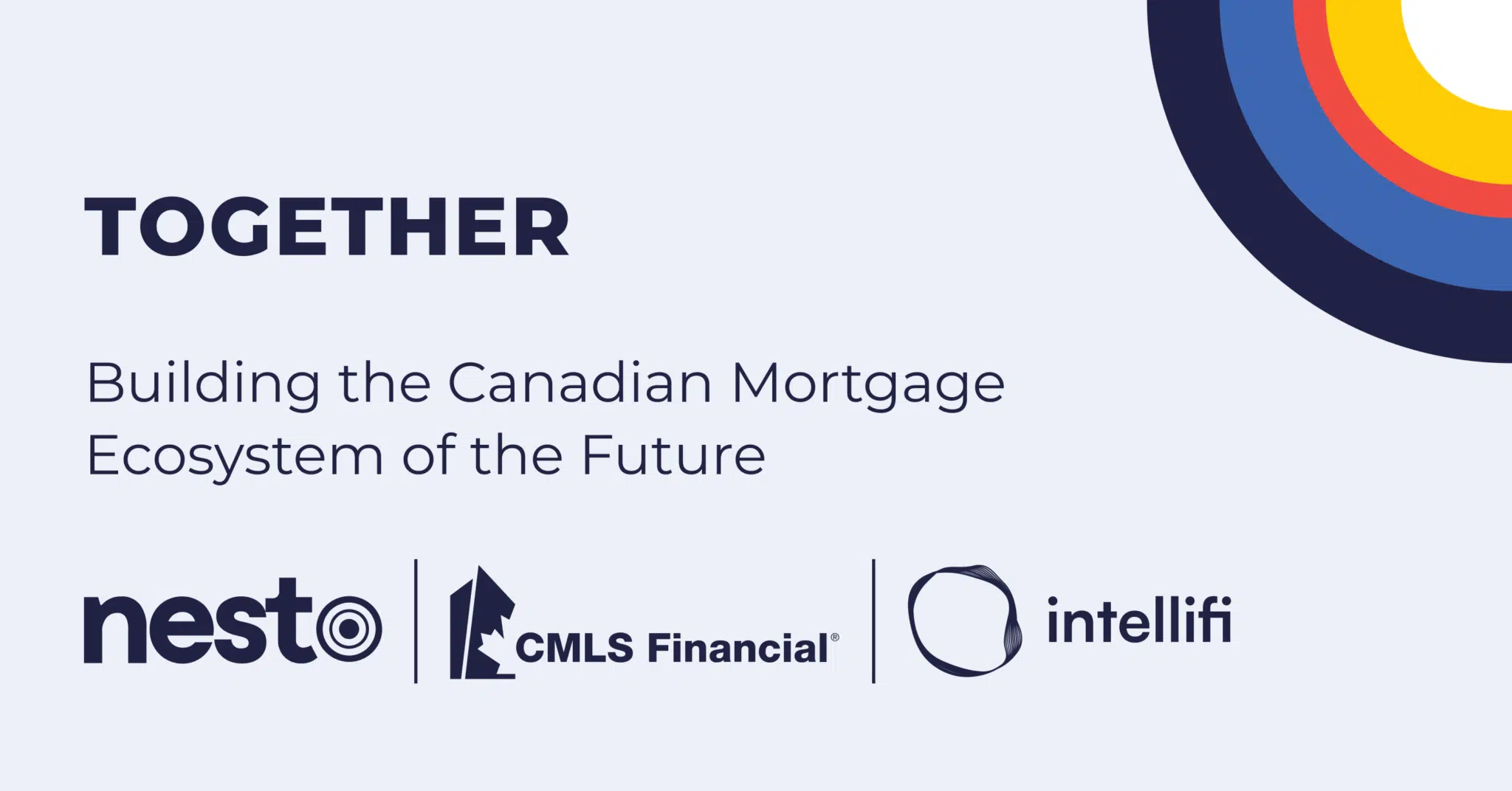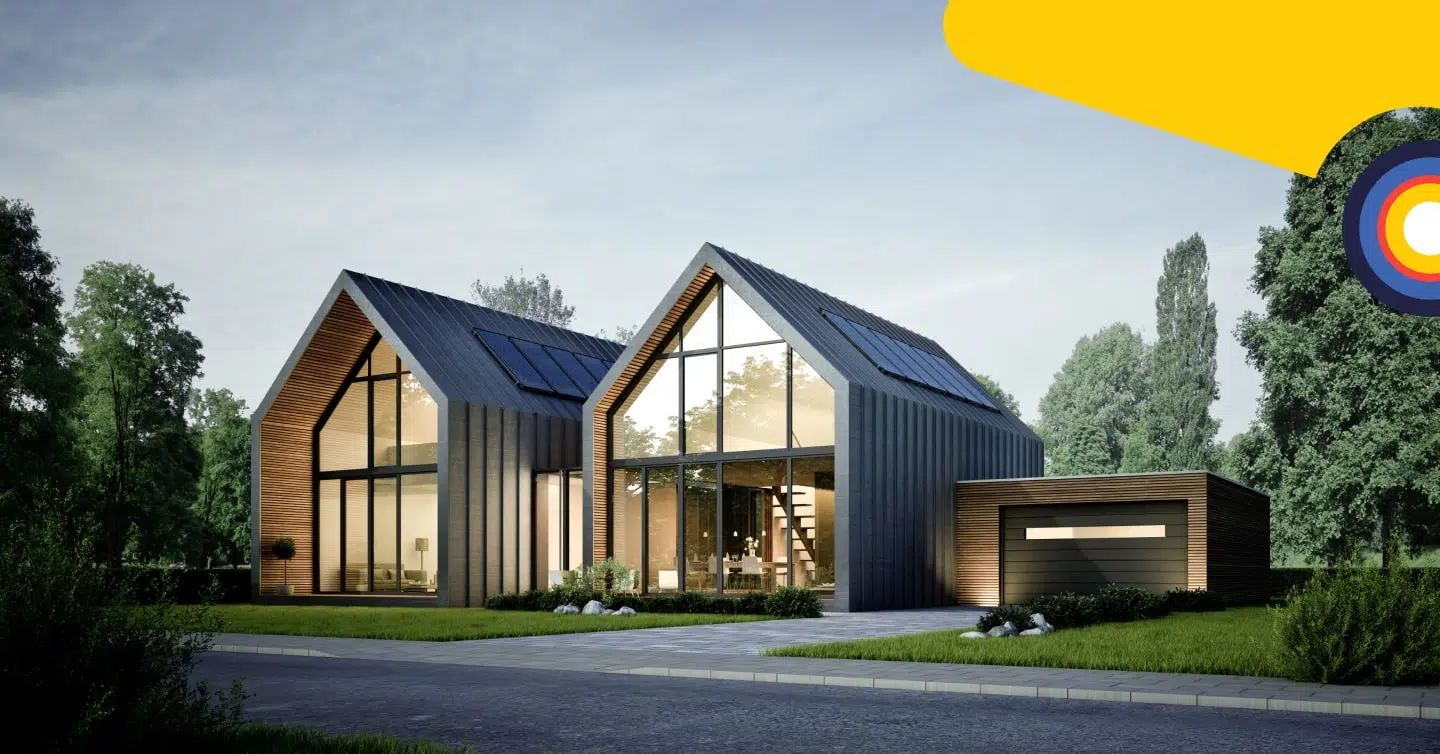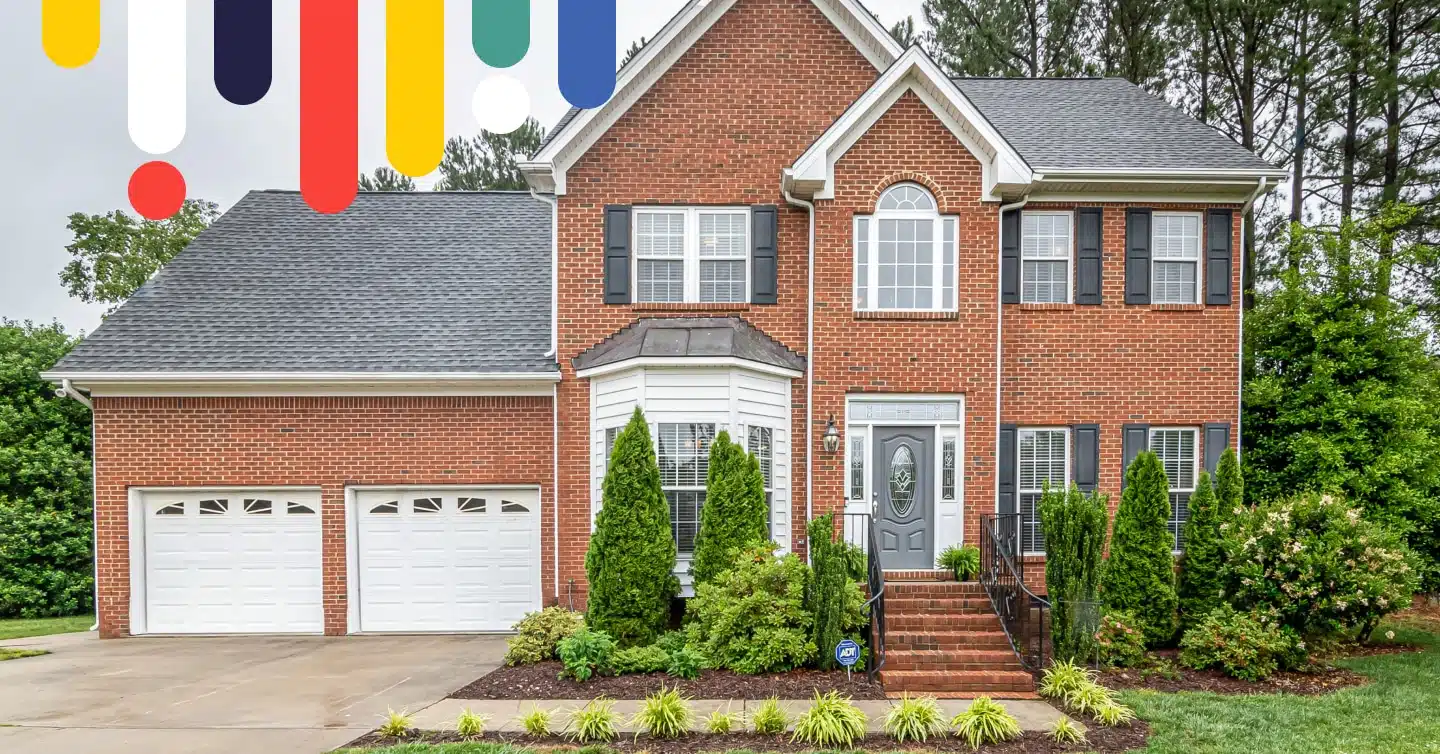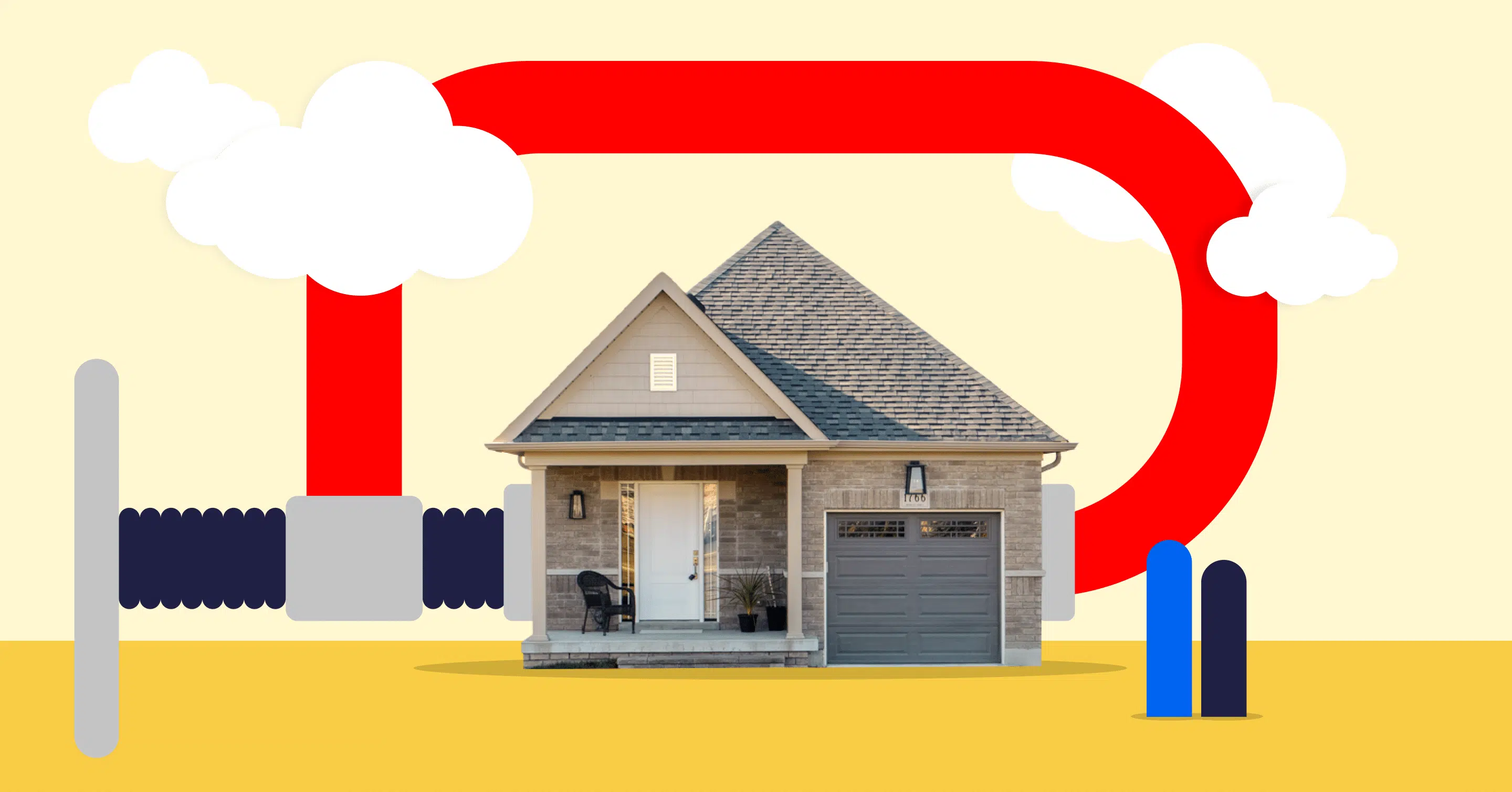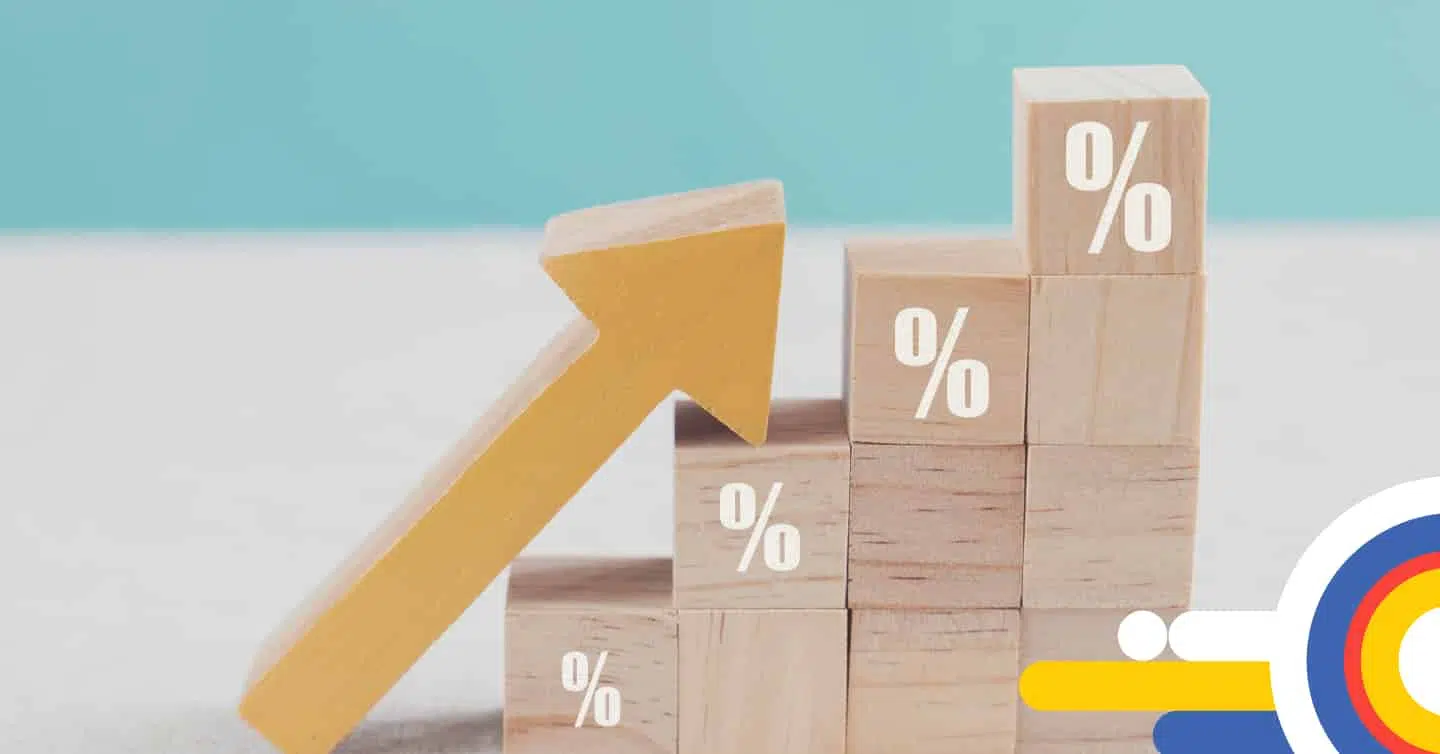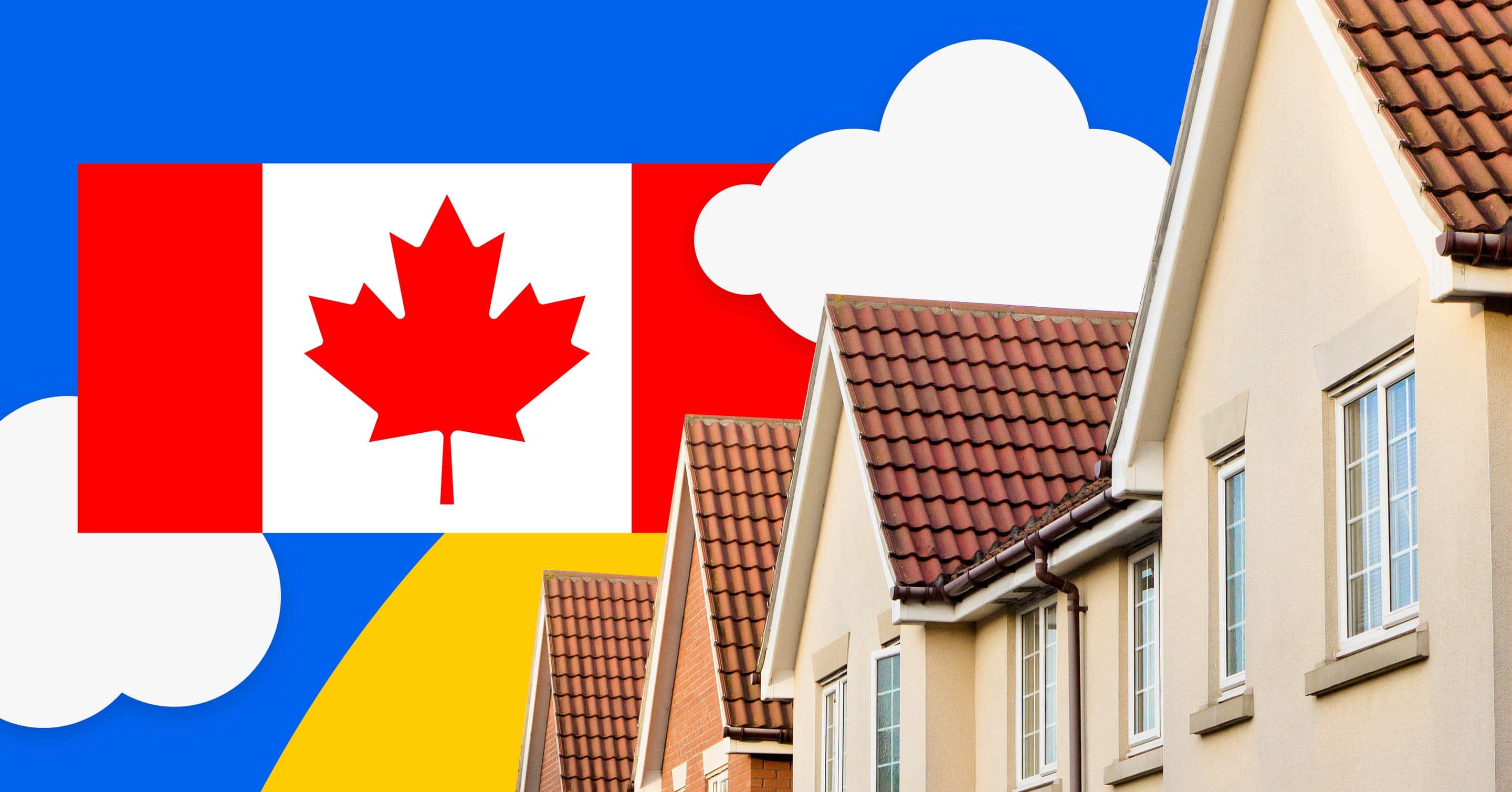Edmonton Housing Market Outlook 2025
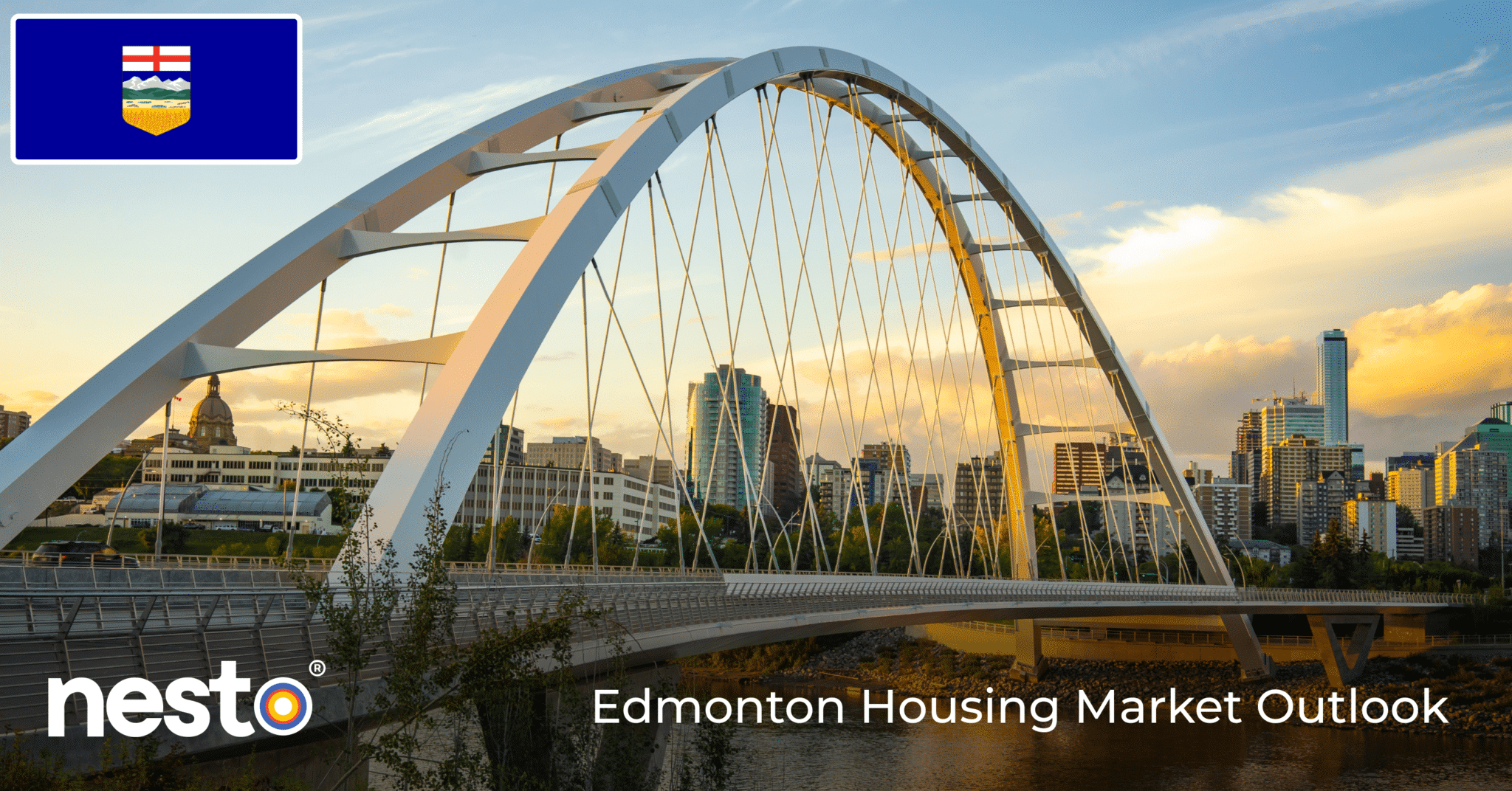
Table of contents
Edmonton Market Report Summary
- The average selling price of a home in Edmonton increased by 10.1% year-over-year to $432,400 in May 2025.
- The average selling price of a single-family home in Edmonton increased by 11.4% year-over-year to $503,500 in May 2025.
- The average selling price of a townhouse/multiplex in Edmonton increased by 16.1% year-over-year to $303,100 in May 2025.
- The average selling price of a condo in Edmonton increased by 14.8% year-over-year to $222,300 in May 2025.
- The average rent in Edmonton decreased by 1.0% year-over-year to $1,648 for May 2025.
- June 30, 2025: Today’s lowest mortgage rate in Edmonton is
for a 5-year fixed.
Composite Home Prices
![]()
The average selling price of a home in Edmonton was $432,400 for the month of May 2025, that’s increased by 0.3% compared to the previous month. On a year-over-year basis, Edmonton home prices have increased 10.1% over the last 12 months.
Single-family Home Prices
![]()
The average selling price of a single-family home in Edmonton was $503,500 for the month of May 2025, that’s increased by 0.4% compared to the previous month. On a year-over-year basis, single-family home prices in Edmonton have increased by 11.4% over the last 12 months.
Townhouse and Multiplex Prices
![]()
The average selling price of a townhouse in Edmonton was $303,100 for the month of May 2025, that’s unchanged by 0.0% compared to the previous month. On a year-over-year basis, the price of a townhouse in Edmonton has increased by 16.1% over the last 12 months.
Condo Prices
![]()
The average selling price of a condo in Edmonton was $222,300 for the month of May 2025, that’s increased by 1.8% compared to the previous month. On a year-over-year basis, the price of a condo in Edmonton has increased 14.8% over the last 12 months.
We’re curious…
Edmonton Housing Market Summary
Data from the Realtors Association of Edmonton (REA) indicates that the average price of resale residential homes sold across Edmonton in May 2025 was $432,400, and it increased of 10.1% compared to a year ago.
REA also reported a sales-to-new-listings ratio (SNLR) of 60%, indicating a balanced market in Edmonton for May 2025.
Edmonton Housing Inventory Swells as Market Enters New Phase
According to the Realtors Association of Edmonton (RAE), the Edmonton regional real estate market may be entering a new phase as active listings climb sharply and sales eased compared to last year. In May 2025, the Greater Edmonton Area (GEA) recorded 2,967 residential sales, a 7.9% decrease from the same month last year, despite a 9.7% increase from April. Meanwhile, 4,917 new listings hit the market, marking a 27.8% increase month-over-month and a 16.1% rise year-over-year.
● Benchmark price: $439,100 (+9.8% year-over-year)
● Average sale price (all residential): $464,277 (+5.2%)
● Detached home average price: $579,704 (+6.2%)
● Apartment condo average price: $213,792 (+3.4%)
● Active listings: 6,520 (+13.2% vs. 2024)
● Days on market: 29 (down 5 days vs. 2024)
● Months of inventory: 2.2 (up from 1.7 in April)
Despite softer sales compared to May 2024, inventory growth has brought a welcome balance to what was previously a seller-dominated market. Detached homes continue to attract buyers, with the average price up over 6%, while apartments and townhomes posted more modest gains amid rising supply and buyer price sensitivity.
Shifting Demand Across Property Types
- Detached homes: 1,730 units sold (down 8.9% y/y), $579,704 average price
- Semi-detached: 289 sales (down 19.3%), $439,857 average
- Row/townhouses: 482 sales (up 11.3%), $306,796 average
- Apartments: 466 sales (down 12.6%), $213,792 average
The only segment to show year-over-year growth in both sales and prices was row/townhomes. However, apartment condos showed the largest jump in benchmark price, up 14.8%, despite a slight dip in average prices from April. Detached homes remain the most active segment, with buyers acting quickly; the average time on market dropped to just 27 days.
Edmonton Market Shows A Dynamic Balancing Act
For the second straight month, buyers are seeing more options as listings rise. Sellers, in turn, are facing increased competition and may need to be more strategic in their pricing and presentation to stand out. Realtors Association of Edmonton (REA) Chair Darlene Reid pointed to a possible “emerging trend,” with new listings outpacing demand and price momentum cooling. If this continues, Edmonton could shift from a seller’s market to more neutral territory by late summer. For now, price growth remains strong year-over-year, but the pace is moderating, and monthly declines in the average sale price across most categories are worth watching.
Impact on Mortgages and Monetary Policy
For Canadian borrowers, Edmonton remains one of the most affordable major markets, giving homebuyers more negotiating power as inventory rises and prices moderate in some segments. If the Bank of Canada begins cutting rates later this year, more first-time buyers are likely to re-enter the Edmonton market. Renewers may benefit from steady home values, with appraisals likely holding firm and potential rate relief on the horizon. For those looking to refinance, recent equity gains, especially in detached and townhouse segments, could still support applications, though flattening prices may limit that window. As inflation cools and balance returns to the market, a BoC rate cut could be the catalyst that shifts momentum back in favour of buyers.
Month-over-Month Market Expectations for Edmonton
Transactions – Number of Sales
![]()
The number of sales in Edmonton was 2,967 during May 2025, that’s increased by 9.5% compared to the previous month. On a year-over-year basis, sales in Edmonton have decreased by 7.9% over the last 12 months.
New Listings
![]()
The number of new listings in Edmonton was 4,917 during May 2025, that’s increased by 22.6% compared to the previous month. On a year-over-year basis, new listings in Edmonton have increased by 13.7% over the last 12 months.
Real Estate Market
![]()
The sales-to-new-listings ratio (SNLR) in Edmonton was 60% during May 2025, indicating a balanced market. On a monthly basis, that’s decreased by 10.7% compared to the previous month. Edmonton’s yearly sales to new listings ratio has decreased by 19.0% over the last 12 months.
The sales-to-new-listings ratio (SNLR) measures the number of home sales compared to new listings. An SNLR under 40% suggests a buyer’s market in which buyers have the upper hand and more negotiating power. An SNLR between 40% and 60% is a balanced market, while an SNLR of over 60% is considered a seller’s market.
Annual Changes to Composite Home Prices in Edmonton
We’re curious…
Edmonton Market Rents Summary
The average rent in Edmonton was $1,648 for the month of May 2025, which decreased by 1.0% on a year-over-year basis.
The average rent for a bachelor apartment in Edmonton was $0 for the month of May 2025, which 0 by 0% on a year-over-year basis.
The average rent for a 1-bedroom apartment in Edmonton was $1,336 for the month of May 2025, which decreased by 2.0% on a year-over-year basis.
The average rent for a 2-bedroom apartment in Edmonton was $1,679 for the month of May 2025, which decreased by 1.0% on a year-over-year basis.
The average rent for a 3-bedroom apartment in Edmonton was $1,336 for the month of May 2025, which decreased by 1.0% on a year-over-year basis.
How Does Renting Compare with Homeownership in Edmonton?
Each $100,000 in mortgage balance costs an average of $521.15 per month on nesto’s lowest fixed 5-year rate at
Rates used for calculation are those offered on insured purchases with less than a 20% downpayment on a 25-year amortization. Canada’s policy rate is 2.75%, and nesto’s prime rate is set to 4.95%.
Rental Price Changes by City
Rental Price Changes by Province
Rental Price Growth by Housing Type
We’re curious…
Frequently Asked Questions on Edmonton Housing Market Outlook for 2025
Will home prices in Edmonton rise in 2025?
Edmonton’s home prices are expected to see slight increases in 2025. Edmonton remains one of Canada’s most affordable larger housing markets, and steady population growth and declining mortgage rates will drive modest price gains.
Is Edmonton a good place to buy a home in 2025?
Edmonton is an attractive option for buyers seeking affordability and long-term investment opportunities. Its lower home prices than other major cities and new housing developments make it ideal for first-time homebuyers (FTHB) and investors.
How will mortgage rates impact Edmonton’s housing market?
Easing mortgage rates in 2025 will improve affordability in Edmonton, allowing buyers to secure more favourable financing. Combined with stable prices, this creates a good entry point for buyers.
Will housing affordability improve in Edmonton in 2025?
Edmonton remains one of the most affordable cities in Canada. Prices for single-family homes and condos stay well below the national average, attracting buyers looking for value.
What trends will influence Edmonton’s housing market?
Key trends include increasing population growth, demand for single-family homes, and a steady supply of new housing developments, keeping the market balanced.
Why Choose nesto
At nesto, our commission-free mortgage experts, certified in multiple provinces, provide exceptional advice and service that exceeds industry standards. Our mortgage experts are non-commissioned, salaried employees who provide impartial guidance on mortgage options tailored to your needs and are evaluated based on client satisfaction and advice quality. nesto aims to transform the mortgage industry by providing honest advice and competitive rates using a 100% fully digital, transparent, seamless process.
nesto is on a mission to offer a positive, empowering and transparent property financing experience – simplified from start to finish.
Contact our licensed and knowledgeable mortgage experts to find your best mortgage rate in Canada.
Ready to get started?
In just a few clicks, you can see our current rates. Then apply for your mortgage online in minutes!


